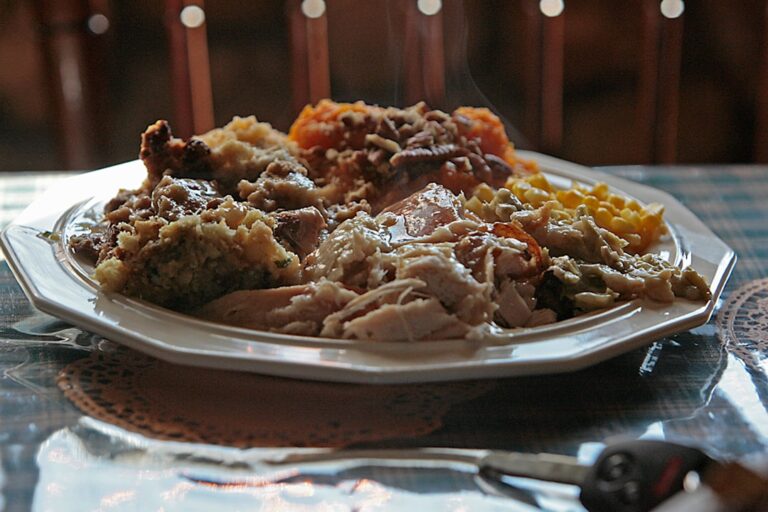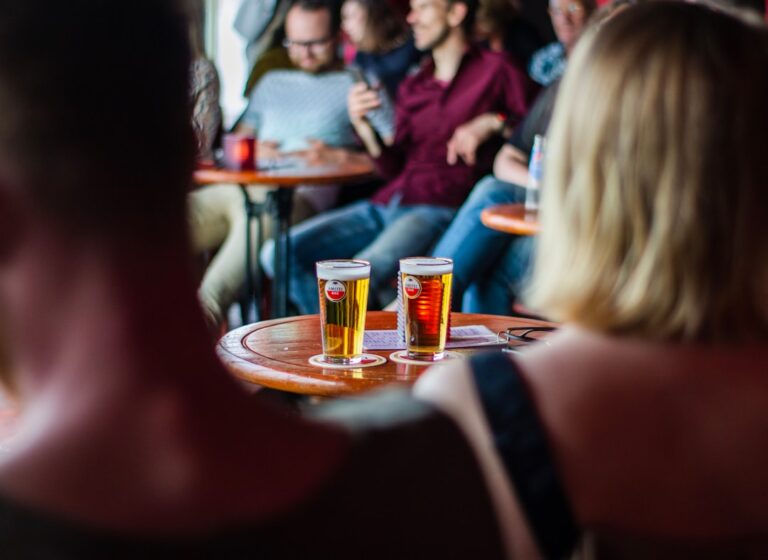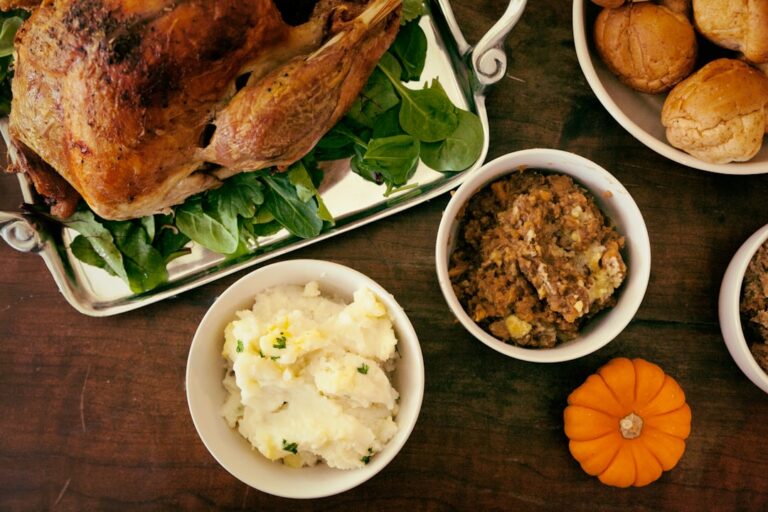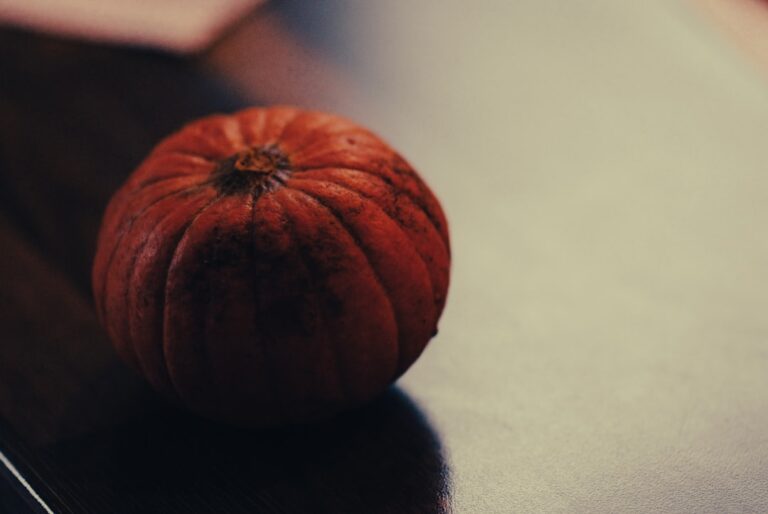Thanksgiving: A Complete Study Thanksgiving is a beloved American holiday that is marked by feasts, family get-togethers, and an attitude of thankfulness. This article gives you a comprehensive grasp of Thanksgiving by exploring its many facets, from its historical origins to its contemporary significance. Thanksgiving has a long & intricate history that dates back to the early 17th century. The most often cited event is the harvest feast that the Wampanoag tribe and the Pilgrims shared in Plymouth, Massachusetts, in 1621. After a difficult year, the Pilgrims expressed their gratitude for a plentiful harvest at what is frequently referred to as the first Thanksgiving. Need Weekly Trivia Questions? https://cheaptrivia.com/products/weekly-trivia-subscription-service
Key Takeaways
- Thanksgiving originated from a 1621 harvest feast shared by the Pilgrims and Wampanoag people, and was later declared a national holiday by President Abraham Lincoln in 1863.
- Thanksgiving traditions such as turkey, pumpkin pie, and parades have roots in early American harvest celebrations and Native American customs.
- Thanksgiving holds great significance in American culture as a time for gratitude, family gatherings, and reflection on the country’s history and values.
- The evolution of Thanksgiving celebrations has seen changes in traditions, such as the addition of football games and the commercialization of Black Friday shopping.
- Food plays a central role in Thanksgiving traditions, with dishes like turkey, stuffing, and cranberry sauce symbolizing abundance and gratitude.
But it’s important to understand that this was a part of a larger custom of harvest festivals that predated the arrival of European settlers. Thanksgiving wasn’t formally acknowledged as a national holiday until 1863, when President Abraham Lincoln declared it to be so during the Civil War, as you will discover when you study its history. Lincoln wanted to promote American healing and unity. He declared the final Thursday of November to be a day of “Gratefulness & Praise to our Benevolent Father who resides in the Heavens.”.
Thanksgiving became a national holiday after this proclamation, and it has since developed into a time for introspection, thankfulness, and community. Thanksgiving customs have their roots in both European and Native American traditions. The harvest customs of the native peoples the Pilgrims encountered were combined with a variety of harvest customs from Europe. Ancient European festivals, for example, are where the custom of feasting to commemorate a bountiful harvest originated.
Ceremony and group gatherings were part of the Wampanoag people’s customs for expressing gratitude for the harvest. It becomes evident from thinking about these beginnings that many of the Thanksgiving customs we follow today have developed from these early customs. For instance, although it was not always the focal point of the original feast, the turkey has come to represent Thanksgiving meals. Rather, a range of foods, such as seafood and venison, were probably eaten. Turkey gained popularity over time as a result of its availability & size, and it is now the classic Thanksgiving meal. Thanksgiving has a special place in American culture as a time to consider the virtues of community, family, and thankfulness.
Because it is a holiday that cuts across religious and cultural lines, people from all walks of life can join together to celebrate. Thanksgiving’s historical significance is complemented by its capacity to strengthen bonds between families and individuals. Thanksgiving acts as a reminder in today’s culture to take a moment out of our hectic schedules to be grateful for what we have. It inspires people to consider their blessings & express them to others.
Giving food to those in need or volunteering at nearby shelters are two examples of how this attitude of thankfulness is frequently shown. Thanksgiving upholds these ideals, highlighting the significance of kindness and giving in American society. Since its inception, Thanksgiving celebrations have undergone significant change. The celebration, which began as modest get-togethers centered on appreciation for the harvest, has grown into a lavish event with lavish feasts and numerous traditions.
As Thanksgiving became more widely observed in the 19th century, regional variations arose, giving rise to a variety of customs across the nation. Nowadays, Thanksgiving is often associated with big parties and family reunions. Participating in parades or watching football games are just two examples of the distinctive customs that many families have created.
New York City’s Macy’s Thanksgiving Day Parade has grown to be a legendary occasion that features music, floats, & a feeling of community. The fundamental principles of thankfulness & unity are preserved while reflecting shifting social norms & values. During Thanksgiving, food is a major part of the festivities since it unites people and represents abundance.
The classic Thanksgiving fare consists of pumpkin pie, mashed potatoes, cranberry sauce, stuffing, and turkey. Every dish adds to the holiday’s overall experience and has its own history and significance. Think about how food strengthens bonds and produces enduring memories as you spend time with loved ones at the table. Reminiscence and family ties can be strengthened by sharing recipes that have been handed down through the generations. In order to reflect their distinct heritage and add diversity to the celebration, many families also include regional or cultural dishes in their Thanksgiving meals.
In addition to feeding the body, this Thanksgiving culinary tradition also strengthens bonds between people. The Strongness of Unity. The act of assembling around the table strengthens familial bonds and promotes a sense of belonging. These times become lifelong treasured memories for many people.
Broadening the Community Circle. Thanksgiving also encourages people to connect with people outside of their immediate family. In order to foster an inclusive environment that reflects the spirit of community, many people invite friends or neighbors to participate in their celebrations. An Honoring of Support and Connection. This sense of community serves as a reminder that we are all a part of a wider community and emphasizes the value of support and connections within society.
Thanksgiving is an important time to take stock of our blessings and slow down in today’s hectic world. The occasion invites people to take stock of their lives and give thanks for what they have. This emphasis on gratitude can improve mental health and wellbeing by encouraging feelings of happiness and contentment. Thanksgiving also has important economic ramifications for contemporary society.
Black Friday is just around the corner, and it signals the start of the holiday shopping season. Retailers frequently provide significant discounts during this period, which encourages customers to spend more money. The holiday’s original meaning may be diminished by this commercial element, but it also emphasizes how deeply embedded Thanksgiving has become in American culture. Thanksgiving’s central theme is thankfulness, which strikes a deep chord in American culture. Giving thanks reminds people to be grateful for what they have & to value the people in their lives. People who engage in this practice may experience greater levels of fulfillment and happiness.
Gratitude cultivation has been linked to significant improvements in mental health, according to research. People who express gratitude on a regular basis report feeling less stressed and anxious & having better interpersonal relationships. By adopting this mindset throughout Thanksgiving, you can cultivate gratitude that goes beyond the actual holiday. Thanksgiving has had a profound impact on popular culture, influencing music, movies, television series, and literature.
A lot of vintage movies have plots or scenes with Thanksgiving themes that perfectly encapsulate family get-togethers and holiday customs. For example, films such as “Planes, Trains, & Automobiles” emphasize the humorous mayhem that can occur when traveling for the holidays. Thanksgiving is frequently featured in television programs, which highlight the different family dynamics and amusing scenarios that occur during get-togethers. These depictions strengthen Thanksgiving’s significance in American culture and advance our shared understanding of what it means.
Similar harvest festivals are observed worldwide, even though Thanksgiving is mainly connected to American culture. At various points throughout the year, nations like Canada observe their own variations of Thanksgiving. Thanksgiving, for instance, is celebrated on the second Monday in October in Canada and is very similar to its American equivalent.
These diverse viewpoints on Thanksgiving and harvest festivals bring to light universal themes that cut across national borders. Giving thanks is still an essential part of the human experience, regardless of location or custom. The way people celebrate Thanksgiving will change along with society. As a result of shifting cultural influences & demographics, new customs might arise and old ones might change to reflect modern ideals. For example, families may choose to serve Thanksgiving meals that are more plant-based or locally sourced as a result of the growing emphasis on sustainability.
Also, technology is probably going to influence how future festivities are planned. Recent world events have led to an increase in virtual gatherings, which give distant families new ways to connect over the holidays. Think about how these modifications might affect your own customs as you anticipate Thanksgiving in the future while maintaining the fundamental principles of thankfulness and community.
In summary, Thanksgiving is a historical and deeply meaningful celebration that goes beyond simply being a holiday. You can deepen your appreciation for this treasured occasion as you spend time with loved ones every year by learning about its beginnings and cultural significance in America.
Looking to add a religious twist to your Thanksgiving trivia night experience? Check out this article on Thanksgiving Bible Trivia with 15 questions to celebrate faith and tradition. It’s a great way to incorporate spiritual elements into your holiday festivities.
GRAB YOUR FREE HOLIDAY TRIVIA PACKS
FAQs
What is Thanksgiving Holiday Trivia Night Experience?
Thanksgiving Holiday Trivia Night Experience is an event where participants come together to test their knowledge of Thanksgiving-related facts and trivia in a fun and interactive setting.
What can I expect at a Thanksgiving Holiday Trivia Night Experience?
At a Thanksgiving Holiday Trivia Night Experience, you can expect to participate in a trivia game focused on Thanksgiving history, traditions, food, and more. There may be prizes for the winners and a festive atmosphere to celebrate the holiday.
Who can participate in Thanksgiving Holiday Trivia Night Experience?
Thanksgiving Holiday Trivia Night Experience is typically open to anyone who wants to join in the fun. It can be a great activity for friends, family, or colleagues to enjoy together.
How can I find a Thanksgiving Holiday Trivia Night Experience near me?
You can find Thanksgiving Holiday Trivia Night Experience events by checking local event listings, social media, or by contacting local bars, restaurants, or community centers that may be hosting the event.
What are some common Thanksgiving trivia questions asked at these events?
Common Thanksgiving trivia questions may include inquiries about the history of Thanksgiving, traditional foods served, famous parades or events associated with the holiday, and cultural traditions related to Thanksgiving.
Is there a cost to participate in Thanksgiving Holiday Trivia Night Experience?
The cost to participate in Thanksgiving Holiday Trivia Night Experience events can vary depending on the organizer and venue. Some events may be free to attend, while others may require a small entry fee or purchase of food or drinks.






